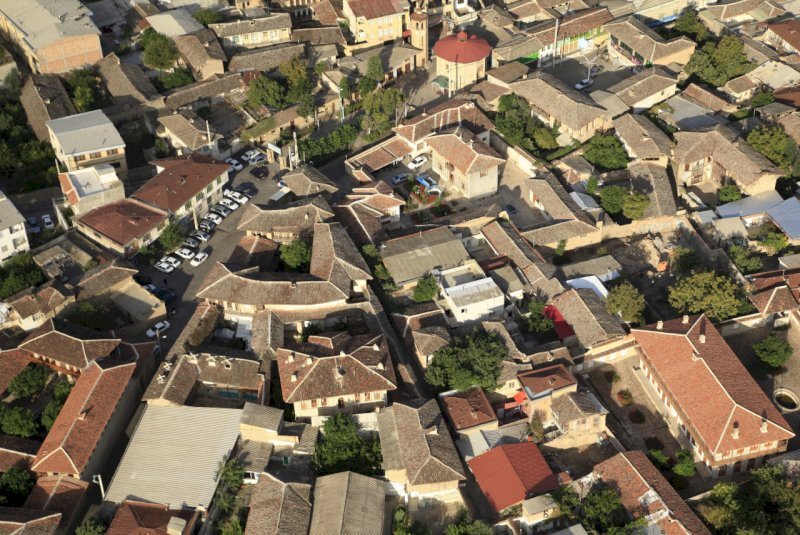Plans formulated to safeguard ancient Astarabad

TEHRAN – Golestan province has recently approved detailed plans aimed to help safeguard the historical core of Astarabad, which lies at the southeastern corner of the Caspian Sea, northern Iran.
Based on this plan, the historical core of Astarabad (Gorgan) will be maintained as a lively, dynamic area, relying on its heritage values in connection with the surrounding environment, CHTN quoted Rahman Farmani, Golestan province’s tourism chief, as saying on Saturday.
The newly-approved plan replaces a previous one which caused the chaos and disparity of the new constructions across Astarabad. It is necessary to speed up the process of preventing those harms, Golestan’s Governor-General Mohammad-Ali Zanganeh said.
Astarabad is situated along a small tributary of the Qareh River, 37 km from the Caspian Sea. The city, in existence since Achaemenian times, long suffered from inroads of the Turkmen tribes who occupied the plain north of the Qareh River, and it was subjected to incessant Qajar-Turkmen tribal conflicts in the 19th century. It was renamed Gorgan in the 1930s after being devastated by an earthquake.
Golestan is reportedly embracing some 2,500 historical and natural sites, with UNESCO-registered Gonbad-e Qabus – a one-millennium-old brick tower – amongst its most famous. Narratives say the tower has influenced various subsequent designers of tomb towers and other cylindrical commemorative structures both in the region and beyond. The UNESCO comments that the tower bears testimony to the cultural exchange between Central Asian nomads and the ancient civilization of Iran.
Furthermore, Gorgan is famed for being home to an ancient defensive wall of the same name (“The Great Wall of Gorgan”) which stretched some 200 km in length and was built to prevent the invasion of the northern tribes.
Also known as the Red Wall or the Red Snake, it is the longest ancient barrier between Central Europe and China, longer than Hadrian’s Wall and the Antonine Wall put together, and the third-largest wall in the world after the walls of China and Germany. However, most parts of the gigantic monument are still hidden underneath the surface through some segments that have so far been unearthed and even restored to former glory.
AM
Leave a Comment